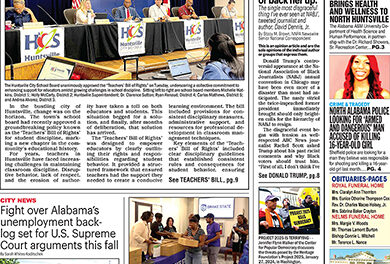By SPEAKIN’ OUT NEWS
Over the past five years, Alabama has focused on reshaping how it teaches reading to young students, with recent test results initially suggesting success. Social media and officials praised these results, claiming 91% of third graders were on grade level. However, this was incorrect; according to the State Department of Education, only 77% are actually reading at grade level.
While there has been tangible progress in Alabama’s literacy initiatives, persistent confusion over literacy terms and data has raised questions about the credibility of reported improvements. This confusion could undermine the support provided to students, emphasizing the need for clear communication and accurate reporting in literacy education.
The Alabama Literacy Act, enacted in 2019, was a significant step toward improving reading skills in the state. It aimed to create a sense of urgency among educators and families, and in 2023, a new reading test was introduced. This test set a ‘sufficiency’ score of 435, lower than the previous 473, to prevent the retention of up to 17,000 students. While this change led to a significant drop in the percentage of students considered below sufficiency, from 17% to 9%, it also raised questions about the validity of the new standard and its impact on student performance.
Despite improvements, many students between sufficiency and grade level still need help. Confusion over terms like “sufficient,” “on grade level,” and “proficient” complicates understanding and impacts support for struggling readers. Mississippi’s clear communication of test results was highlighted as a model.
The state plans to raise expectations gradually but has yet to set a timeline. Some officials advocate for annual increases to ensure progress.
This year, the consequences of the Literacy Act take effect, with potential retention for those not reading sufficiently. Reading instruction efforts have improved state-wide, but older students still need more support. Funding remains an issue, with the state board seeking additional resources to help struggling readers beyond third grade.











